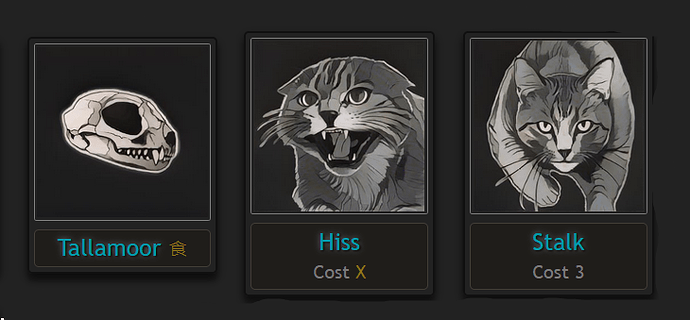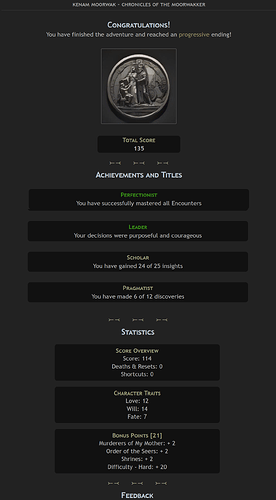OK, let’s do this!
Last year I reviewed all of the games in the main festival—completing the main festival is once again my goal this year, but no guarantees: unfortunately the last few months in my non-IF life have been, err, challenging.
![]() A Spring Thing benediction:
A Spring Thing benediction:
In a world that can be dispiriting and oppressive, thank you to authors creating fictional worlds.
In a world that can be lonely and unkind, thank you to organizers and community members coming together in a spirit of joy. ![]()
To lightly change it up, this year’s reviews will be presented via nominative determinism, in decreasing order of %-letters-in-title-also-present-in-my-display-name. Only time will tell if pre-commiting to a posting order is hubris! Can’t wait to find out what caltrops will be thrown in my path!
Thus:
Table of Contents
1. Retool Looter by Charm Cochran (–> 100% my display name)
2. For Lila by MUSE
3. Interview Interview by Ronynn
4. Hell Ride by Dana Montgomery
5. idle phone simulator by summsalt
6. blackberry bloodbath by Melany Socorro
7. Stowaway by Nicholas Covington
8. As the Fire Dies by Alex Carey and Deborah Chantson
9. The Goldilocks Principle by iris
10. The Little Match Girl Approaches the Golden Firmament by Ryan Veeder
11. Radiance Inviolate by DemonApologist
12. Chronicles of the Moorwakker by Jupp
13. Starfish & Crystallisation by Colin Justin Wan
14. We Stole a Ship to Run a Scam by Peter M.J. Gross and Donald Conrad
15. Wayfarers by Gina Isabel Rodriguez
16. Three-Card Reading by Norbez Jones
17. Elaine Marley and the Ghost Ship by Logan Delaney
18. Spring Gothic by Prof. Lily, Kastel, Lacunova, Nitori, Noelle
19. Espresso Moka by Roberto Ceccarelli
20. The Hound of Ricsige by The Bentomologist
21. Social Democracy: Petrograd 1917 by Autumn Chen
22. Echoes (an anthology) by Ben Jackson
23. Terra Nova – The Mystery of Zephyr’s Landing by P.Rail
24. Hauntless by Abby Blenk
25. Cut the Sky by SV Linwood
26. The Sandman by Bellamy Briks
27. Canvas Keepsakes by C.T. O’Mahony
28. Test Subject: Synaptix by mkellygames (–> 18% my display name)
I love hearing what other people think, so if anything I post spurs a a thought feel free to reply in this thread.
Note: I try to blur egregious and specific spoilers, but generalized spoilers are unmarked, and the assumed audience for these is people who have played the game.


